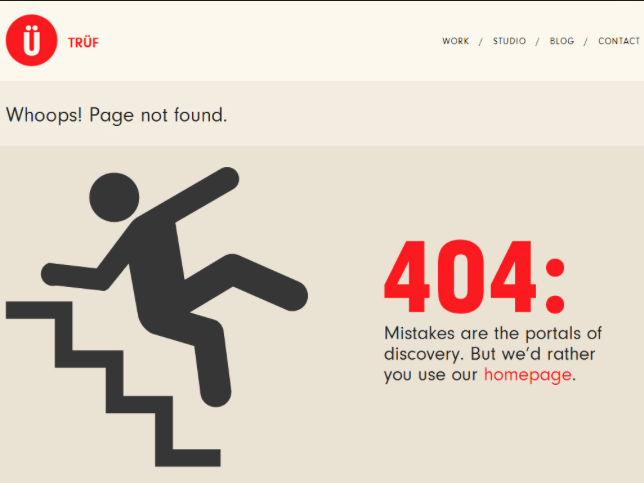Writing for the Digital Experience
Writing Effective Microcopy
Most digital projects have challenges with the content. A very common challenge is around what to do with the content of the current digital experience. Typically the project team will prioritize the content. Some content will be migrated in an automated fashion — typically done by the dev team. Some will be rewritten and manually migrated — typically done by the client team. Think of writing for the digital experience as being made up of two parts — copy and content. Generally content informs the user, while copy persuades them. When creating a new site there is significant, and certainly low-hanging fruit, opportunities with the copy part of UX writing. Note: UX writing isn’t copy writing — but it does involve copy, or microcopy as it’s also known.
UX writers write copy for user interface touchpoints.
For example, when a user completes a feedback form, the ‘thank you’ message that assures them their feedback is greatly appreciated and will be carefully considered, is UX writing.  When UX writing is done effectively it can have a tremendous impact on the outcome of the digital experience. Now, back to the opening sentence of this article. Another very common challenge with content is related to resources and budgets. Many organizations don’t have the resources or the budgets to have a professional copywriter, let alone a UX writer. Here are some practical tips for UX writing that you and your team can use to create a great digital experience.
When UX writing is done effectively it can have a tremendous impact on the outcome of the digital experience. Now, back to the opening sentence of this article. Another very common challenge with content is related to resources and budgets. Many organizations don’t have the resources or the budgets to have a professional copywriter, let alone a UX writer. Here are some practical tips for UX writing that you and your team can use to create a great digital experience.
Practical tips on UX writing
Choose Words Carefully Microcopy generally ranges from a word to a short sentence or two. One word can help user orientate themselves and persuade them to take action. When it comes to taking action, there’s often a business goal tied to UX writing. This is a key factor to consider when choosing your words for UX writing. UX microcopy needs to be concise — hence the ‘micro’. It must also be clear and consistent to be effective. UX writing should be so simple that users can interact with the digital experience intuitively. To achieve this with UX writing the copy must be based on the context of the experience and the target audience. You are not your user. User research is a key part of writing effectively for UX. To create useful microcopy try to understand the user and anticipate where they need help. Ditch complicated vocabulary. Clarity and simplicity are two of the major characteristics of effective UX writing. Copy should be intuitive, and easy to perceive. Difficult words, jargon and acronyms don’t work well. Embrace ruthless copy editing. This is one of my favourites. It comes from the author of Don’t Make Me Think.
'Get rid of half the words on each page, then get rid of half of what's left.' — Steve Krug
This applies more to content, but it should be used against microcopy as well. Show some creativity. Microcopy doesn’t have to sound like a legal document. Try to connect with users. UX writing is typically made of short informative messages — that doesn’t mean boring. A really good place this kind of UX writing shines is on a 404 page. Try injecting positive emotions, maybe some humor.  Remember you are not your user. Test the microcopy on users whenever it is possible. The best UX writer still needs user testing — it never hurts. Even if there isn’t budget for user testing, at least test the microcopy on the team. Ask them what they feel about it. UX professionals need to consider UX writing as another critical path to improving user interaction and creating great digital experiences. If you’d like to learn more about how we can help, please contact us.
Remember you are not your user. Test the microcopy on users whenever it is possible. The best UX writer still needs user testing — it never hurts. Even if there isn’t budget for user testing, at least test the microcopy on the team. Ask them what they feel about it. UX professionals need to consider UX writing as another critical path to improving user interaction and creating great digital experiences. If you’d like to learn more about how we can help, please contact us.
Main Photo by Ana Tavares on Unsplash




